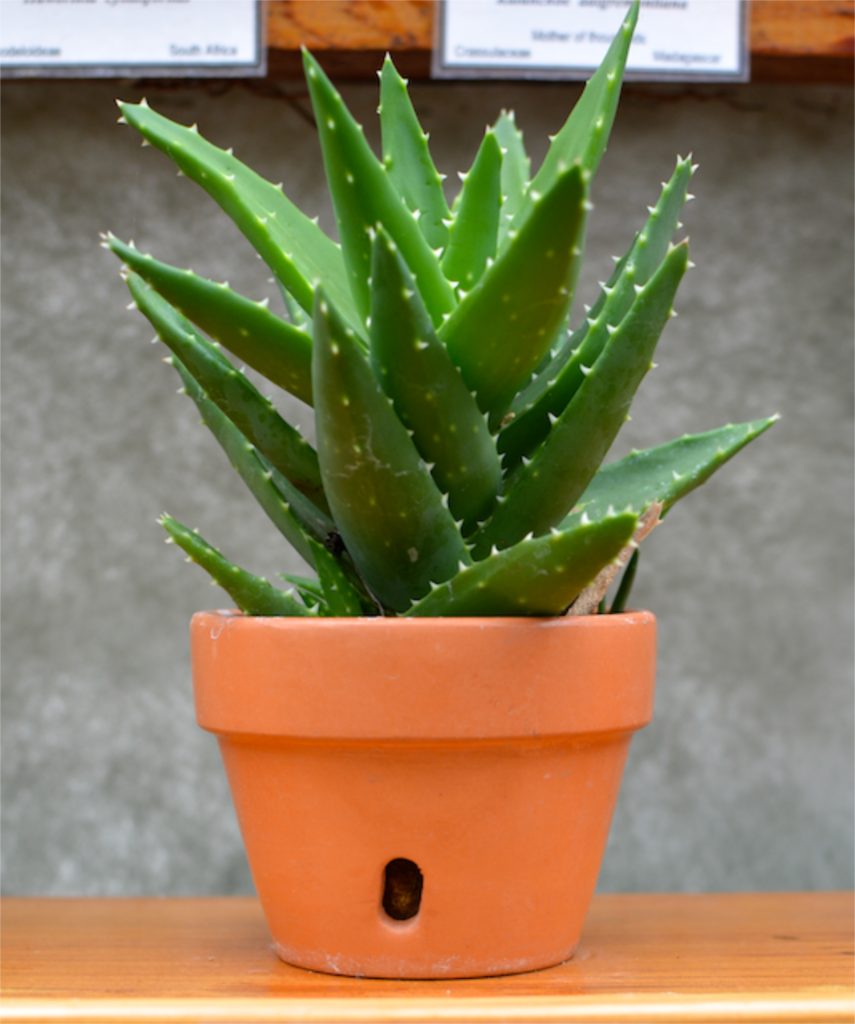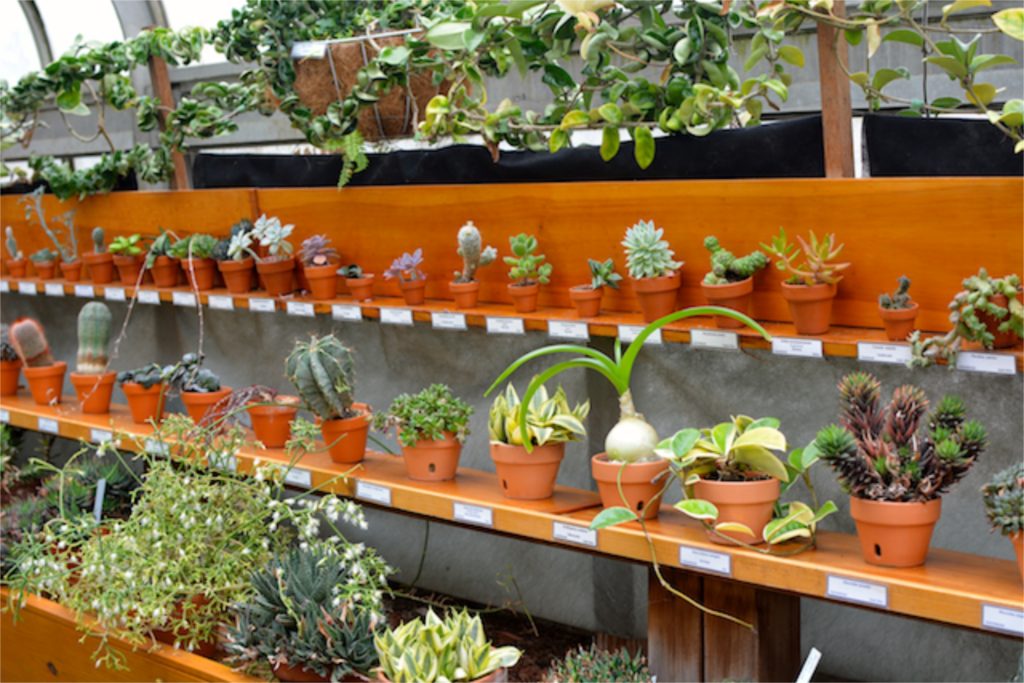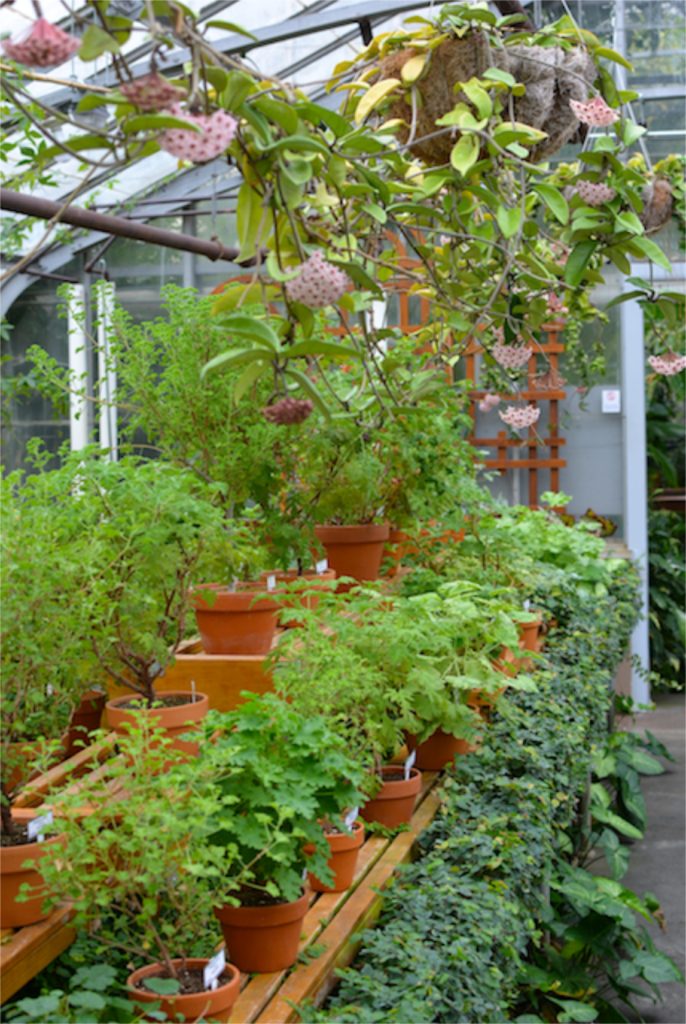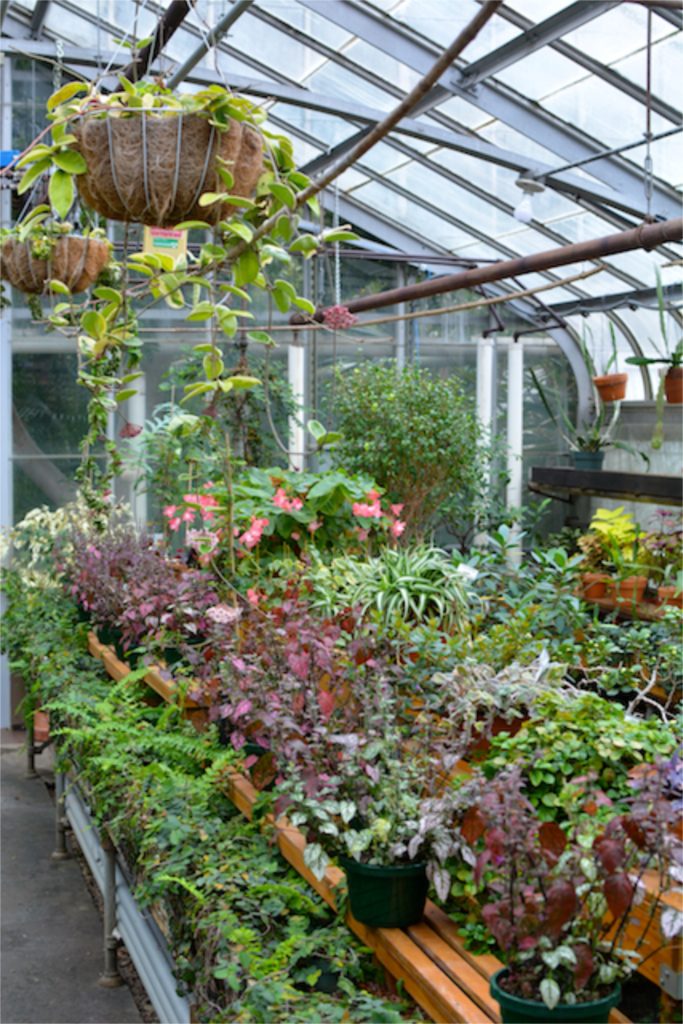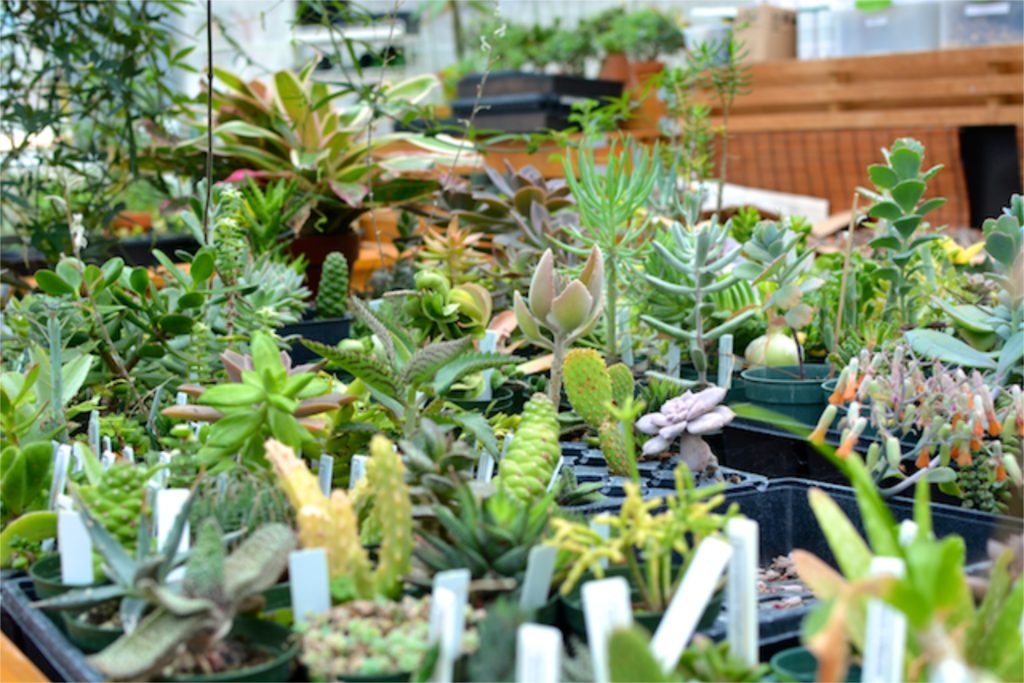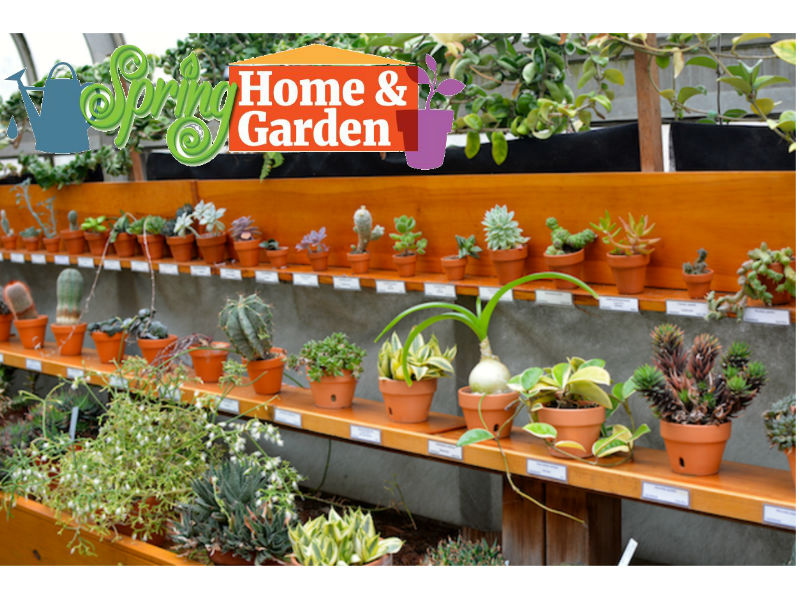Container gardening, for the uninitiated, is exactly what it sounds like: planting vegetables, flowers, herbs, and fruits in containers as opposed to soil in the ground. It’s also exactly as easy as it sounds.
It’s also something anyone can do anywhere. No land? No time? No problem; plant whatever you want in a pot and store it anywhere there is ample light: on a windowsill, on a patio, doorways, in a car (I saw this while walking around Amherst Commons), etc.
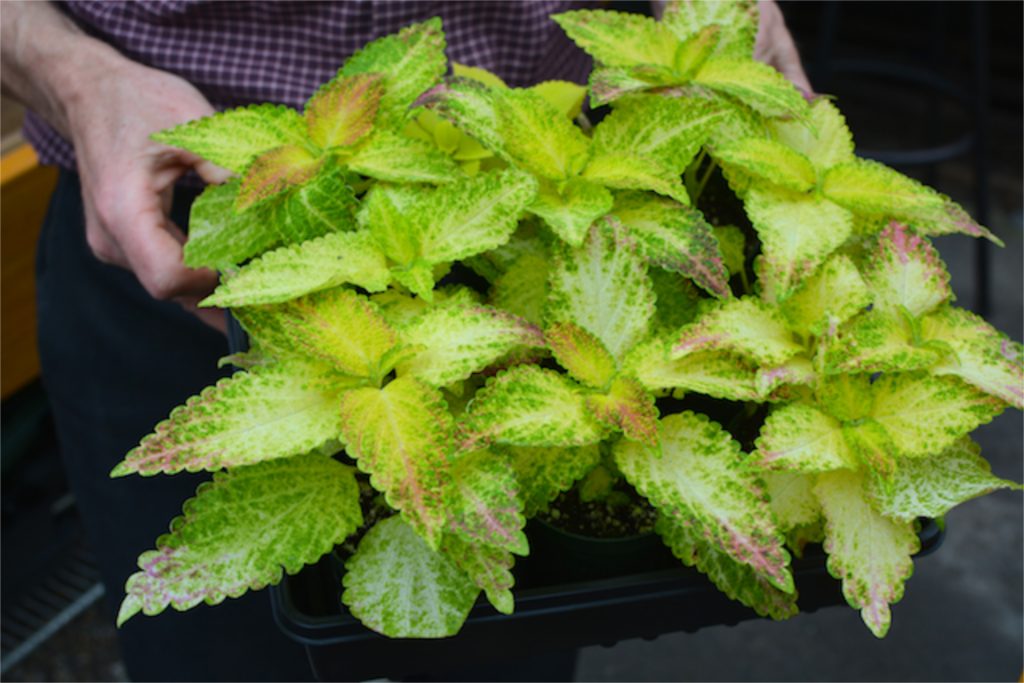
Clay and plastic pots house the majority of container plants, but it’s simple enough that one can grow a plant out of a soda can if they want, too.
You can decorate your container and with the plant and pot combined you have some great decorations for your home or yard. Container gardening is also great for people who are interested in gardening but lack space, whether they live in a city or do not have their own yard. As easy as it is, a simple mistake can kill your plant.
“Container gardening is good to start because you decide the variables, it’s good for learning” says Michael Formosi, manager of the Durfee Conservatory at UMass Amherst.
Container gardening is a mainstay of the Grow Food Everywhere movement. The basic idea is that wherever one is, they should grow plants and vegetables, a container making it possible to grow food anywhere and everywhere. The movement promotes smaller farming businesses while combating industrial farming giants, by having accessible food around one’s community. This also provides fresh food to community members in need.
Seeds of Solidarity is a farm and education center in Orange that focuses on teaching people the importance of local farming and agriculture as well as literally provides produce from their farm. Their Grow Food Everywhere program has brought gardens and plants to women’s homes, jails, libraries and schools. In 2014 Seeds of Solidarity did a survey of their child daycare program participants and found that 90 percent of responding parents noticed that their children had become more interested and open to vegetables as a result of the exposure to the gardens.
Walking into the Durfee Conservatory at UMass Amherst feels like you’re being swallowed by nature: Plants in a variety of colors, with full leaves that resemble crashing green waves, are on tables, shelves, and overhead. Durfee is thick with the invigorating sweet smell of budding plants in clay and plastic pots. The air is dense with humidity. The conservatory is a perfect escape from a cold winter day.
Sitting in this indoor rain forest is Michael Formosi, 51, Durfee’s greenhouse manager and a UMass alum. Gardening since he was a teenager, Formosi understands the pain of trying to start a garden as a beginner and the disappointment when plants die.
Container gardening, he says, is a great way to start a garden — it only takes a few steps.
So where do you start if you have more passion than know-how, resources, or time?
Find the Light
“The first thing a soon-to-be gardener should do is take note of the light levels in their home or yard,” Formosi says. “The amount of light that a plant gets in the end determines what you can and cannot grow.”
Great plants to grow in low-light are Coleus and Pogonia, Formosi says. They produce bright colored leaves that will light up your yard or window without needing much sun.

You’re going to want to pull out your compass to find the optimal light.
“If you have a plant in a window, you should note the direction the window is facing. North windows have lower light, East and West have strong light at certain points of the day … the ideal window is the South facing window. You can grow almost anything,” Formosi says.
Pick a Plant
Do you want to try and grow some plants but are forgetful or too busy to water it? Formosi suggests succulents. Succulents, such as aloe vera, store water in their leaves, allowing for them to have bone dry soil for some time. Succulents last long enough without water that you can actually have one shipped online to your home and it will survive the trip. He also suggests herb gardens: they’re easy and tasty.
“Basil needs more water, but other herbs are easier. They won’t get too big, they take care of themselves, and they are useful for cooking. Grow rosemary, oregano, or thyme,” he says.
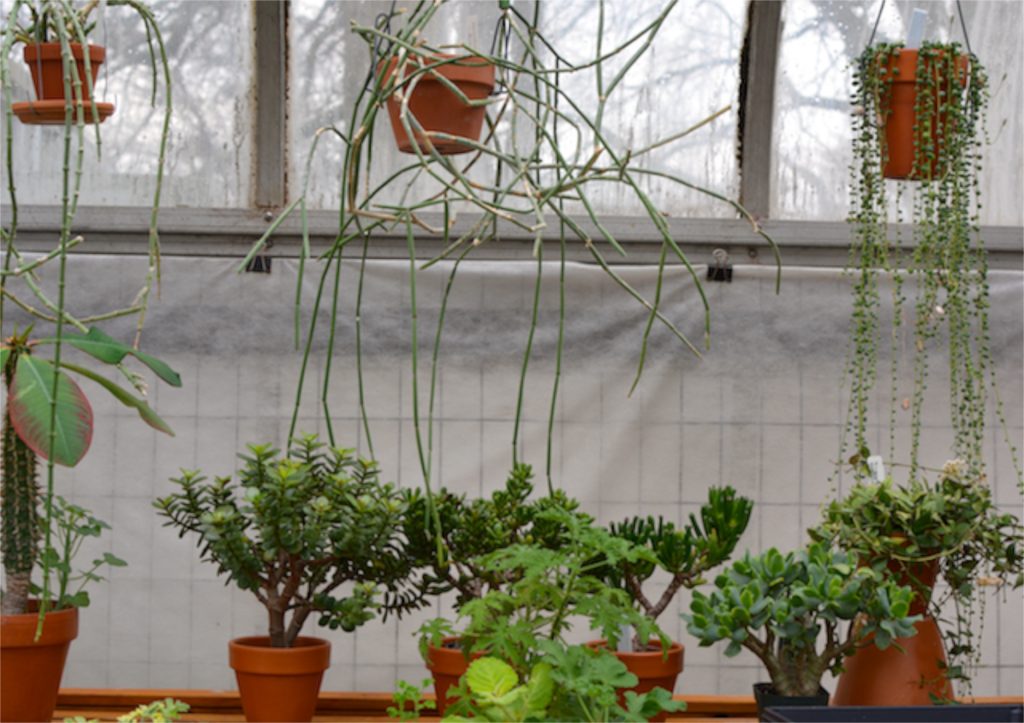
Pots
With the plant and place to stick a container picked out, it’s time to pick a container. Choosing a container style, or composition seems like it matters, but, according to Master Gardener Norene Roberts, 71, of Ghosen, all that really matters is whether your container has proper drainage.
“I used to be a purist, using only red clay pots, up until about 10 years ago,” she says. “But plastic works just the same and doesn’t weigh as much. What matters is if it has holes. You can use any container, but if it does not have holes to drain out the water your plant will die.”
When it comes to pots, though, size does matter. Putting a small plant in a large pot, known as over-potting, can be problematic to new gardeners. In a large pot, it is more likely that a beginner gardener will pour too much water in the large container drowning the plant. Most plants need a drying cycle, some time for the soil to dry allowing them to breath. Small pots dry faster and can help avoid killing the plant. The question is, when do you know that you should switch to a larger pot?

Formosi turned a container with a flower in it upside down, the soil and plant sliding out in one piece. What we saw was roots coming from the soil and wrapping around the outer layer, like ivy grows on the side of a house. If your plant is ready for a larger pot, you will see that the outer layer of the soil will be covered in roots.
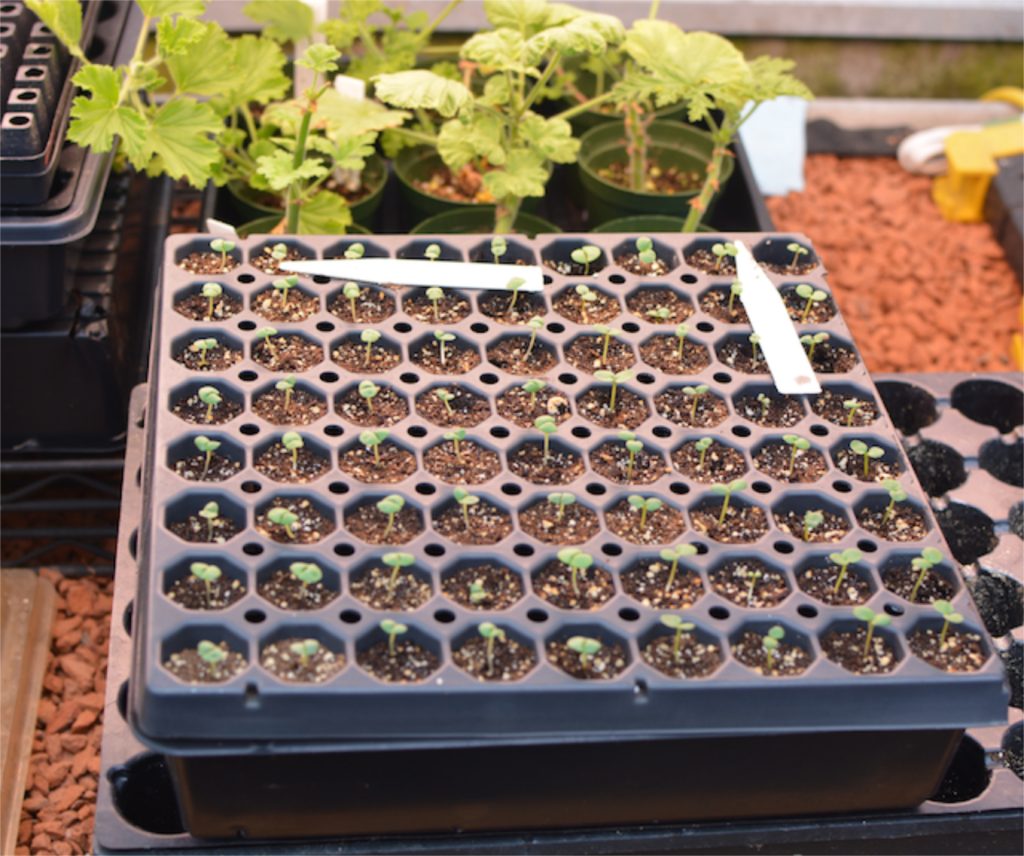
Soil
Lastly, you need soil. What you should never do as a beginner, according to Roberts, is take soil from outside and just put it in a pot. Good soil mixtures are rich and plush and contain small rocks, the rocks prevent the roots from getting caked with mud allowing oxygen and water to make it to the root.
“A good bag of soil mix has some plushness to it, it shouldn’t be dense or hard. Kind of like a pillow, if you squeeze it it bounces back.” Formosi said.
Chance Viles can be contacted at cviles@umass.edu.
